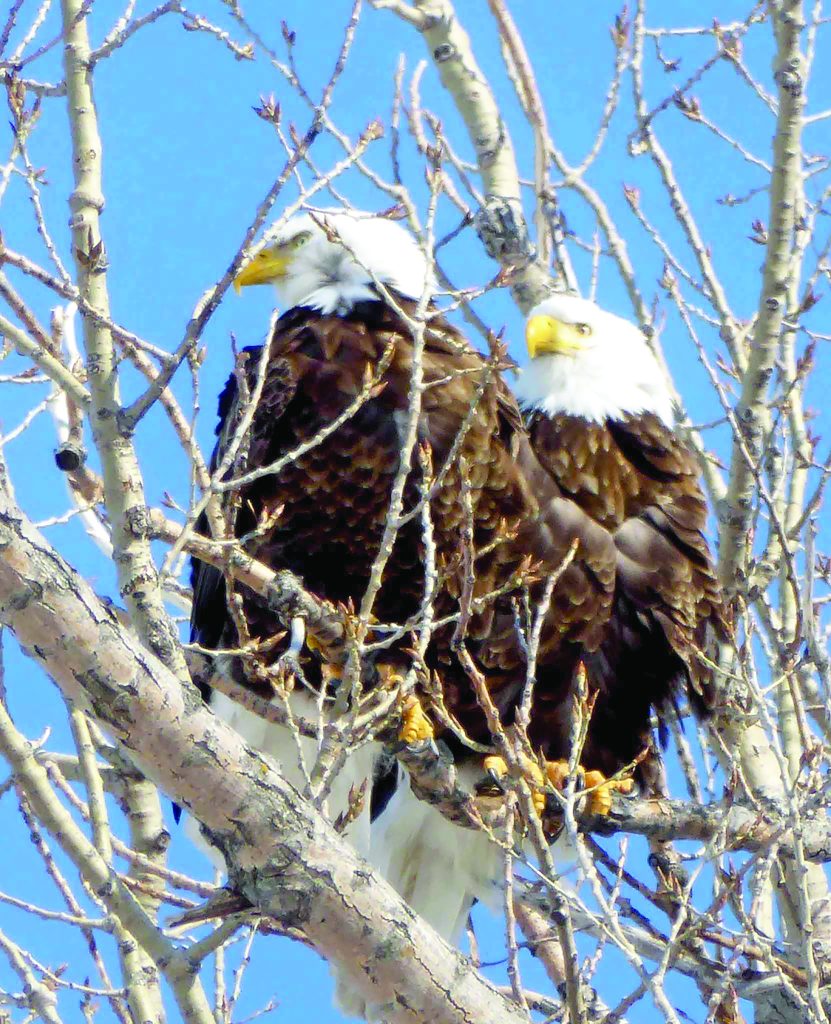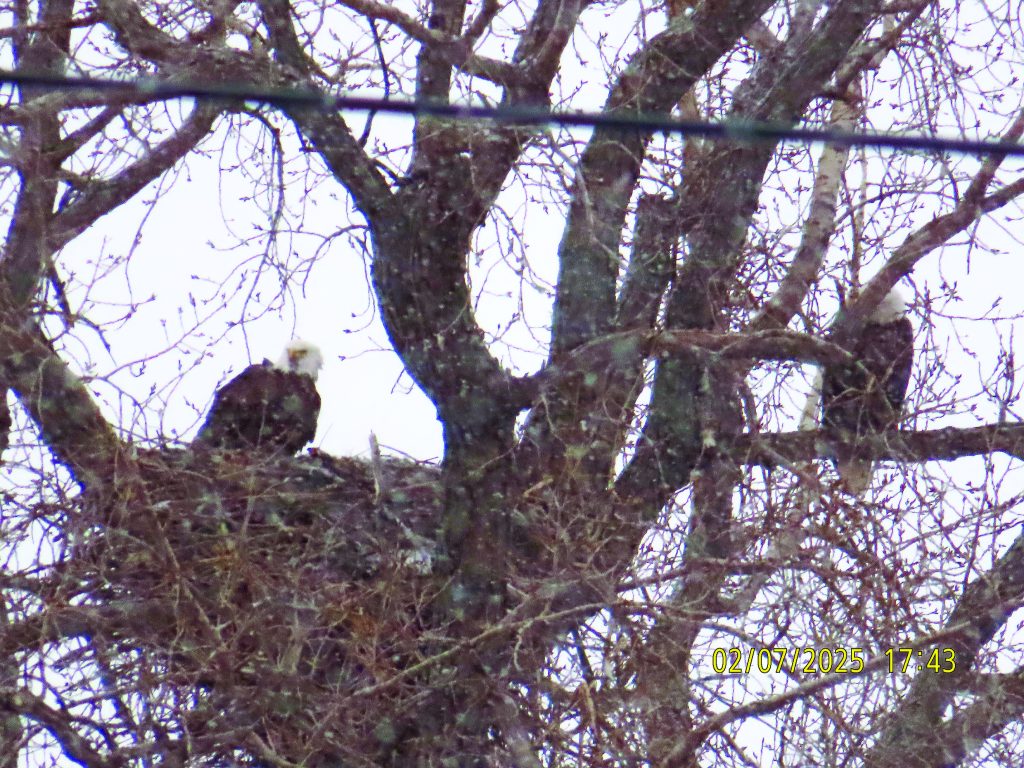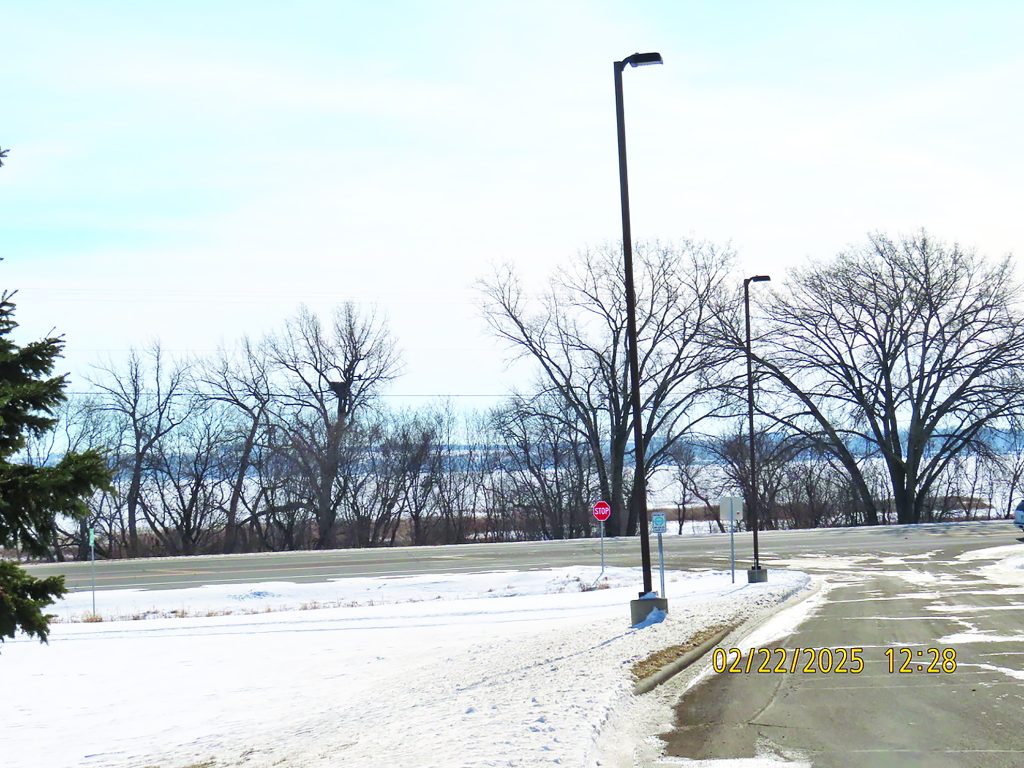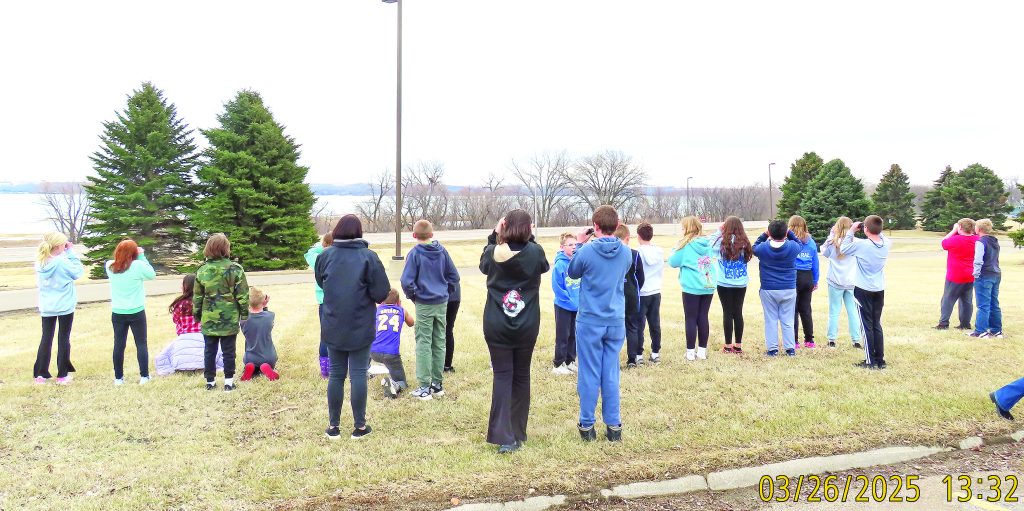Minnewaska Bald Eagle pair named by students
News | Published on March 31, 2025 at 11:57am CDT




Students in Ms. Skoglund’s 5th grade at Minnewaska Area Middle School were anxious to learn about and observe the pair of Bald Eagles that are nesting just south of the school grounds. Armed with binoculars and monoculars, we gathered on the hill south of the parking lot to get a good view of the eagle sitting on the nest. We assume the pair are incubating eggs which may hatch shortly.
It was interesting to learn that the Dakota and Ojibwe tribes lived in Pope county before it was settled by Europeans. It was not surprising, then, to learn that Lake Minnewaska means Good Waters (minne=water; waska=good) in the Dakota language. We learned that the Bald Eagle is a sacred bird to the Dakota and Ojibwe tribes and that the Bald Eagle feather is used in spiritual ceremonies. It is illegal to collect or keep any feathers we might find.
Did you know these facts about the Bald Eagle?
The male eagle is 30% smaller in size than the female. Both male and female adults have a white head and tail. .
One or two eggs are usually laid in late February, March or April, and It takes 34 days for the eggs to hatch. Both male and female eagles take turns sitting on the nest. The hatchlings spend the next 10-12 weeks in the nest growing and learning. Only 10% of hatchlings will live to adulthood (age 5 years) when they finally grow their set of white head and tail feathers.
Minnesota has the second highest population of 9,800 Bald Eagles; Alaska has over 100,000. We are very fortunate to have several nesting pairs in our community and the opportunity to observe a soar or convocation of eagles when they find an abundant food supply.
Most people think the Bald Eagle has always been the national bird, but it was only recently designated our national bird by President Biden in December 2024.
A lot of excellent Eagle names were submitted by the class, and in the end, we voted to name the pair of birds JOY (female) and ROCKET (male).
As citizens, we know we can show respect to the Bald Eagle and all birds by making sure we do not harm or bother them, by maintaining habitats for their nesting and gathering of food, and by taking good care of the environment in general. It is also important that we do not distract our bus or auto drivers when we spot a Bald Eagle!
Submitted by Carter Taffe and Sandi Vatthauer.
Photo credits to Roger Aaberg and Sandi Vatthauer




